FRENCH AS A FOREIGN LANGUAGE 3
Année du cours : 2 année(s)
Etablissement : IÉSEG School of Management
Langue : Français
Formation(s) dans laquelle/lesquelles le cours apparait :
Période : S1
A1 for level 1 /from A2 for level 2
LEVEL 1 : Understand sentences and frequently used expressions related to areas of most immediate relevance.Communicate in simple and routine tasks requiring a simple and direct exchange of information on familiar and routine matters. Describe in simple terms aspects of his/her background, immediate environment and matters in areas of immediate basic need.
LEVEL 2: Understand the main points of clear standard input on different matters. Deal with most situations likely to arise whilst travelling in an area where the language is spoken. Produce connected texts on dfferent topics.Describe experiences and events, dreams, hopes and ambitions and briefly give reasons and explanations for opinions and plans. (based on CEFR)


